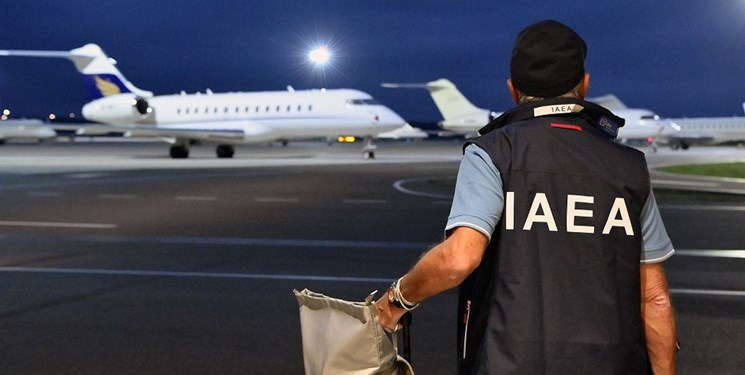 The head of the Atomic Energy Organisation of Iran (AEOI), Mohammad Eslami, says inspectors of the International Atomic Energy Agency (IAEA) are visiting Iran’s nuclear facilities and that the recent points of ambiguity either have been, or are being, resolved. He told reporters that those ambiguities were caused by the incorrect interpretation of an IAEA inspector, who visited earlier, over an alleged undeclared change to uranium enriching equipment at Fordow.
The head of the Atomic Energy Organisation of Iran (AEOI), Mohammad Eslami, says inspectors of the International Atomic Energy Agency (IAEA) are visiting Iran’s nuclear facilities and that the recent points of ambiguity either have been, or are being, resolved. He told reporters that those ambiguities were caused by the incorrect interpretation of an IAEA inspector, who visited earlier, over an alleged undeclared change to uranium enriching equipment at Fordow.
In early February, the IAEA announced in a report that its inspectors found a modification to an interconnection between two clusters of centrifuges that was substantially different than what Iran had declared to the agency. Director General Rafael Grossi has also noted that the change was “inconsistent with Iran’s obligations” under the Nuclear Non-Proliferation Treaty (NPT) and undermined IAEA’s ability to “implement effective safeguards measures” at the Fordow site.
AEOI spokesman Behrouz Kamalvandi at the time rejected the IAEA report, stressing it was issued based on a false inadvertent report submitted by one of the nuclear agency's inspectors. "The inspector also realised his mistake," the he added.
Eslami said, in another statement, that Iran’s ties with the IAEA are on track within the framework of the Safeguards Agreement. He emphasised that Iran will work to prevent further misunderstandings through cooperation and coordination with the Agency.
The IAEA visit came after Bloomberg reported that IAEA inspectors had found uranium enriched to a purity of 84% in Iran. However, AEOI spokesman Behrouz Kamalvandi explained that the existence of a uranium particle or particles with a purity of more than 60% in the enrichment process does not mean that there has been enrichment to that level. He added that such an instance was not something the agency would normally even report to its member states. The fact that it has been leaked to Western media showed it was an attempt aimed at “smearing and warping facts”, he said.
Abolfazl Amoui, spokesman for the Majlis National Security & Foreign Policy Commission, told ICANA that Iran has no plans for enrichment higher than 60% at the moment and any such decision would depends on political and technical circumstances. Media claims about Iran’s uranium enrichment to 84% purity level are made with the aim of ramping up pressure on Iran ahead of the quarterly meeting of the IAEA Board of Governors, he added.
He noted that Iran has declared its technical plans and is currently enriching up to 60% for the production of Molybdenum, a key component of radiopharmaceuticals. “Iran has no plans for enrichment higher than 60% at the moment and such a decision depends on political and technical circumstances,” he said, adding that Iran would make a clear and public announcement if it planned to make changes in its enrichment levels.
Amoui also explained that it is technically possible to find accumulations of uranium at levels of purity different from the target level at certain parts of the cascades and centrifuges. “This is completely natural in the enrichment process,” he said.
Iran in November 2022 notified IAEA that it had increased uranium enrichment to 60%. The move was the latest to go far beyond the parameters of the 2015 Joint Comprehensive Plan of Action (JCPOA) which had capped Iranian uranium enrichment at 3.67% in exchange for sanctions relief. The JCPOA was signed by the USA, UK, France, Russia, China and Germany. However, in 2018, former US President Donald Trump withdrew from the deal and imposed crushing sanctions on Iran’s economy, prompting Iran, in turn to increase its uranium enrichment.






